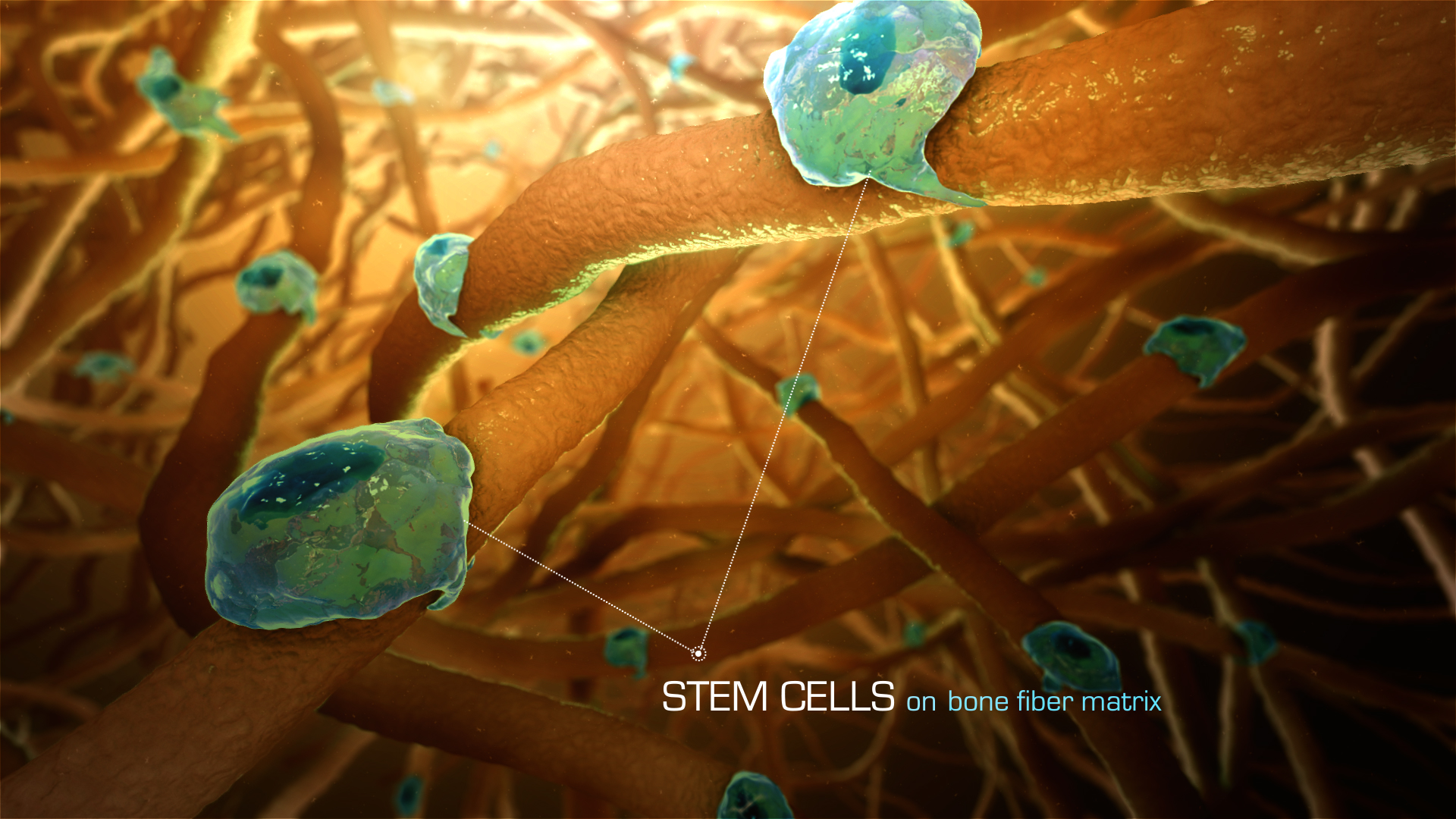Perhaps the smartest cells in the human body are the stem cells. As long as they are placed in the right conditions and right signals are sent to them, they can possibly replicate any part of the body. However, knowing the right conditions and the right signals for synthesizing the desired tissue is easier said than done.
For bones, apparently, the challenge has been accepted … and overcome.
Growing a real, living bone in a laboratory is now possible. The DIY technique, performed by the researchers of the Columbia University, has the potential to correct large defects in the head and face of patients. In a clinical-size porcine model of jaw repair, it has been shown that this lab grown bone, when implanted, can seamlessly regenerate a large defect while serving the mechanical function.
Improving Regenerative Medicine options for patients with Craniofacial Defects
The experiment employed autologous stem cells from a small sample of the recipient’s fat to form bone around a scaffold. A perfect anatomical fit was achieved using a bioreactor.
The process of formation took just 3 weeks.
Why is this a breakthrough?
Bone replacement is a key procedure in the treatment of traumatic injuries, congenital (birth) defects, as well as bone repair after cancer surgery. Since bones often come in complex shapes, finding matching natural replacements for them is challenging.
The concern with artificial implants, such as those of titanium, is that they lack bone marrow which is crucial for generating red blood cells and immune cells.
As far as the solution of implanting donated bones is concerned, it isn’t really a solution, as it involves a high risk of tissue rejection. Talking of those harvested from another body part of the same person, the procedure could get severely painful.
As per the reports, the quality of the regenerated tissue exceeded that of previous approaches. Moreover, the scaffold enabled bone formation without the use of any growth promoters or other expensive chemicals.
The Experiment
- The researchers focussed on the ramus-condyle unit (the part of the lower jaw that meets the skull near the ear), and the main weight-bearing bone in the face. The experiment was carried out in minipigs. It began by collecting chunks of cow thigh bones and stripping them of all their DNA using detergents and enzymes, to obtain ‘decellularized porous chunks’.
- These bone scaffolds were then carved into perfect anatomical fits for the ramus-condyle units (that were surgically removed from the minipigs), and then seeded with stem cells derived from the fat of the minipigs.
- The stem cells were then supplied with nutrients and oxygen by placing the implants in bioreactor chambers.
- After 3 weeks, the cells developed into a living bone.
Testing continues…
The team of researchers is now trying to deeply study this bone regeneration in complex craniofacial defects by including a layer of cartilage in the bioengineered living bone tissue.
As of now, most stem cell therapies are experimental, and need to be regulated, unless “if you take stem cells from a patient and re-inject them back into his body”, as explained by Donald Zack, director of Johns Hopkins Centre for Stem Cell and Ocular Regenerative Medicine.
Tissue engineering is greatly transforming the approach towards the diverse areas of tissue repair, drug testing and disease modelling.
However, the mechanism by which stem cell therapy enhances bone repair and regeneration require further clarification. The ability of the cell-based therapy to provide continued supply of growth factor over time may be difficult to emulate with a single dose of. Even if stem cell therapy is never used as a bone healing treatment in humans, further investigation of stem cell therapy for the repair and regeneration of bone will help to advance our understanding of the cellular and molecular requirements for effective bone healing and continue to lead to novel therapies.
References:
- Growing your own bones: Columbia University researchers perfecting DIY replacements
- Lab-grown bone is a breakthrough for head and neck surgery
Detecting Rheumatoid Arthritis Through Biomarkers
Rheumatoid Arthritis, the most prevalent type of bone disease, is mediated by an overreaction of the immune system, and can, therefore, affect virtually every organ system and creating a toxic joint fluid that leads to degradation of the articular bone and eventually to crippling joint damage. Read More..









